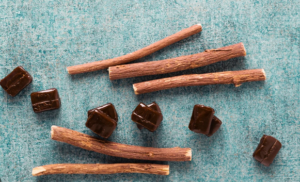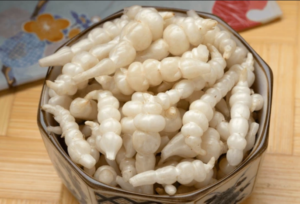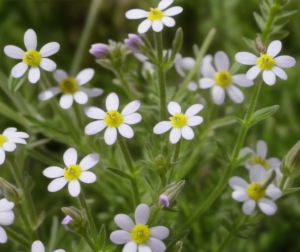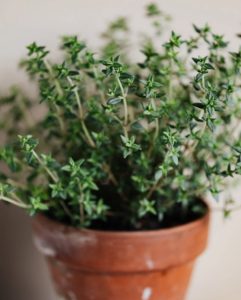Flowers are not just aesthetical gifts of nature. A good variety of flowers are edible and are used in a wide range of dishes. These flowers are not just pleasurable to the eye but also the tongue. However, this is nothing new, they have been used in a wide range of culinary dishes since ancient times. Not just culinary, but medicinal values too.
The Historical Tapestry
As we discussed, this is something that has been used since ancient times as noted by historians. In ancient Roman culture, roses were used for garnishing dishes. The Chinese used and still use chrysanthemums in soups, broths, and tea as well. Even further back in history, the Aztecs and Incas were known to incorporate edible flowers into their dishes. These historical accounts reveal that these blooms have always held a special place in our culinary traditions.
A Blossoming Variety
So, what kinds of flowers are edible you may ask. And the answer is more diverse than you might have anticipated. Here are some popular edible flowers with distinct flavors:
Nasturtiums
These bright orange and yellow flowers have a peppery taste, making them ideal for salads and garnishes. They can be added to salads, stir-fried vegetables, soups and so on. This article lists some excellent recipes that can be made using these.
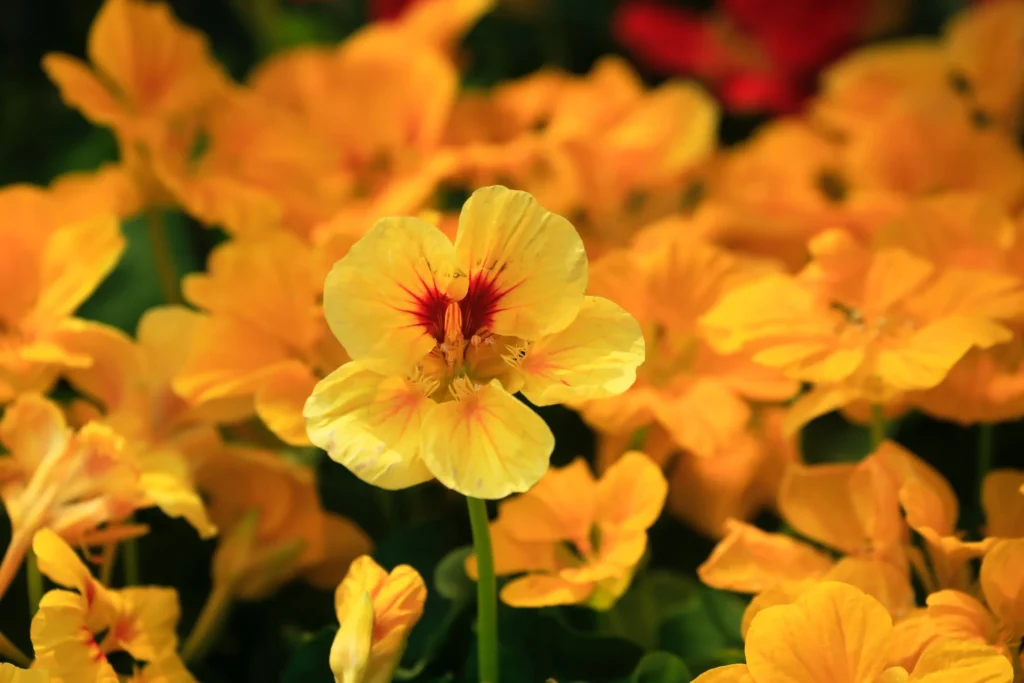
Pansies
Pansies come in a range of colors and have a mild, slightly grassy flavor, making them versatile for both sweet and savory dishes. They have been found to have excellent use in deserts. Check this article on how to make some awesome desserts that incorporate this flower.
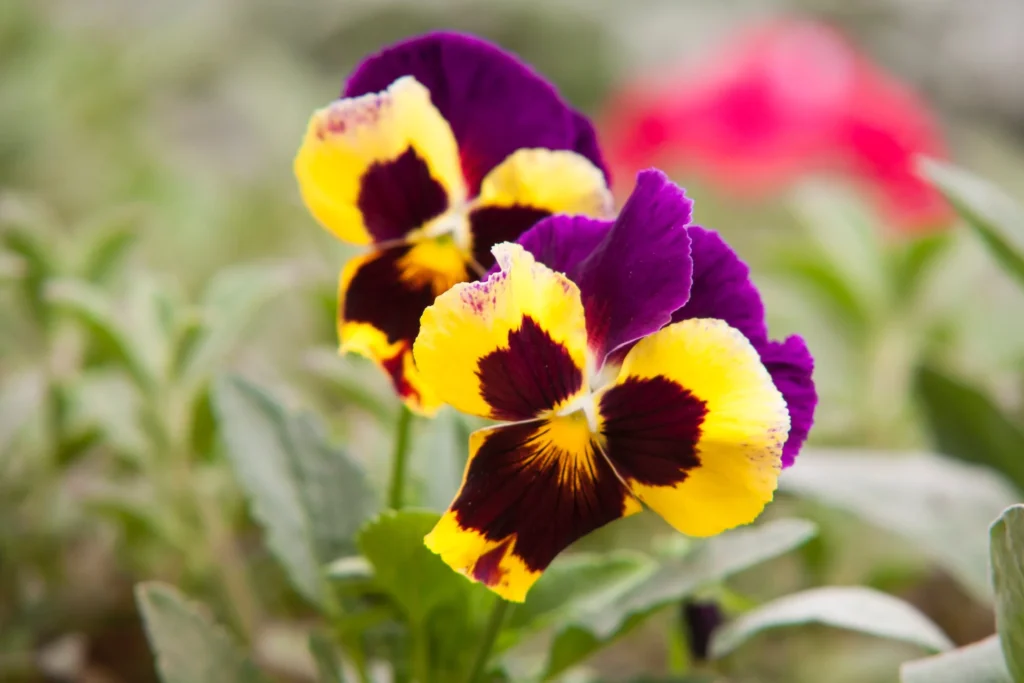
Lavender
Pretty much sure many of you must have heard of it. It is used for fragrance in many products. They also are used in beverages and sweet dishes. They are mainly used in dishes such as chicken and fish but aren’t limited to just these. For more information on dishes incorporating this, you can read this article.

Calendula
Calendula petals are slightly tangy and are often used to brighten salads and rice dishes. They can also be used as a substitute for saffron as it brings the same effects. Read this article on more calendula recipes.
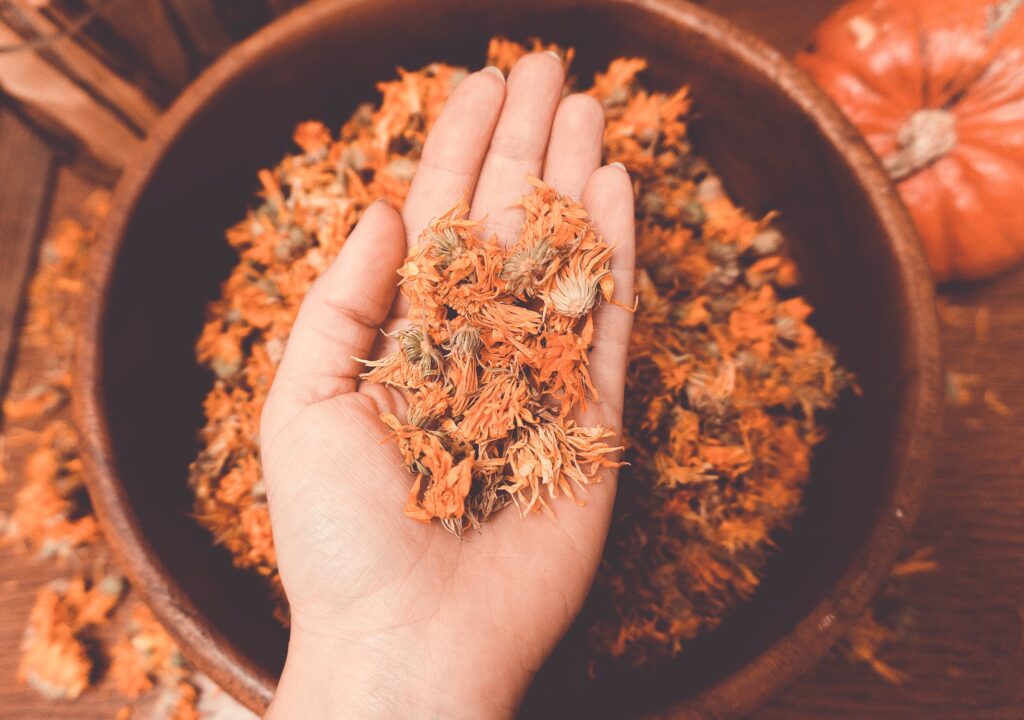
Violets
Violets have a subtly sweet flavor and are often crystallized to adorn cakes and pastries. They are usually used in making aromatic syrups. Follow this article for more.
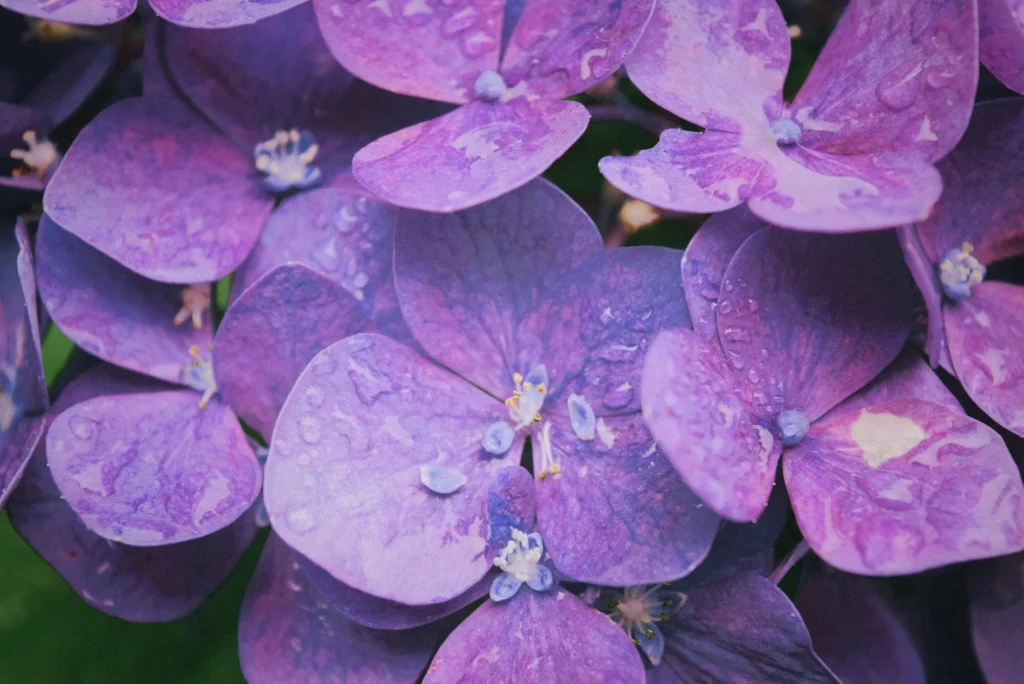
Roses
Fragrant and elegant, roses offer a floral taste perfect for jams, syrups, and floral waters. Follow this article for more information on rose-based recipes.

Health Benefits
Beyond their visual and culinary appeal, edible flowers offer health benefits:
- Antioxidants: They are rich in antioxidants and can be very beneficial for our health.
- Vitamins and Minerals: Some flowers are rich in certain nutrients such as vitamins and minerals, which can aid your daily nutritional needs.
- Digestive Aid: Certain edible flowers, like chamomile, are known for their digestive properties and may alleviate discomfort. Chamomile is thus used in tea too, which is known for elevating gut health.
Sustainability and Edible Flowers
Sustainability is a key consideration in modern gastronomy. Edible flowers align with sustainability principles in several ways:
- Local Sourcing: By growing and consuming local edible flowers, you reduce the carbon footprint associated with long-distance transportation. You can even cultivate these flowers in your garden, following the appropriate gardening practices.
- Pollinator Support: Edible flowers support pollinators like bees and butterflies, contributing to ecosystem health. Also, this greatly helps bees to help them make good honey.
- Reduced Food Waste: Using edible flowers creatively helps reduce food waste by utilizing all parts of plants.
Thus, edible flowers are an awesome, and probably a lot less explored area. For all the chefs( if you cook your food, we call you a chef here) reading this, might be a good opportunity to embrace these and try incorporating them into your dishes. Maybe you start enjoying it so much that it ends up being the salt of your dishes.
